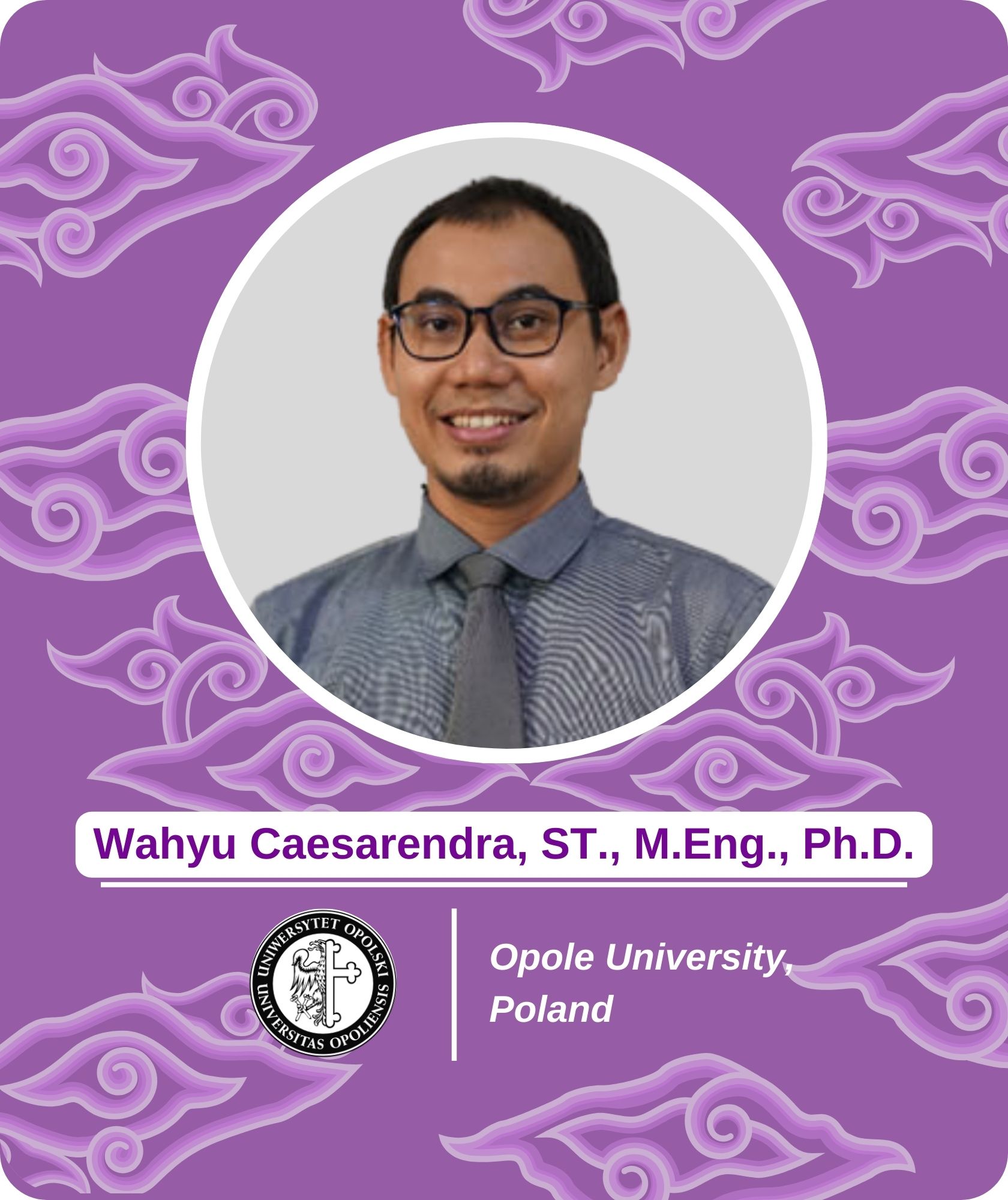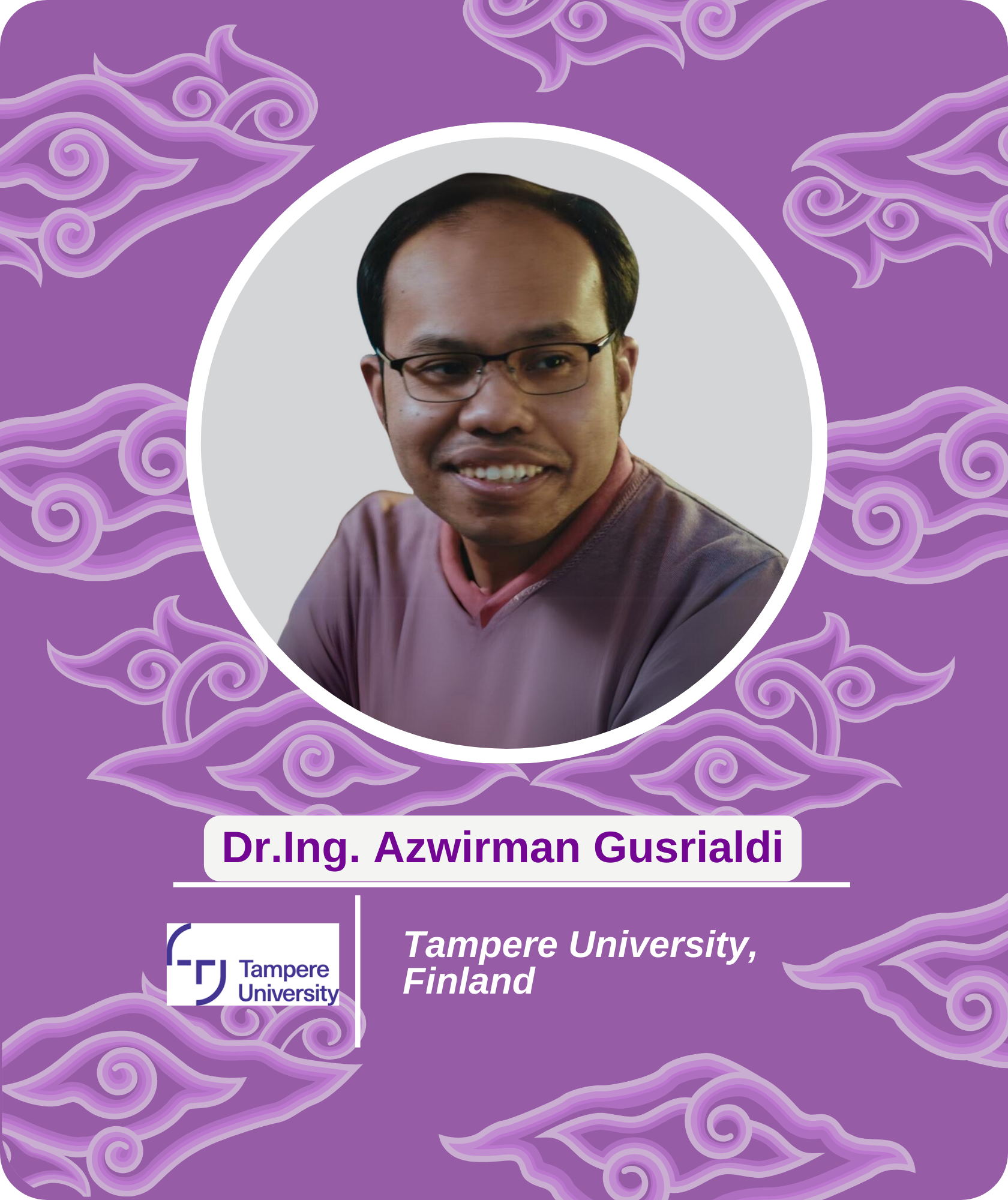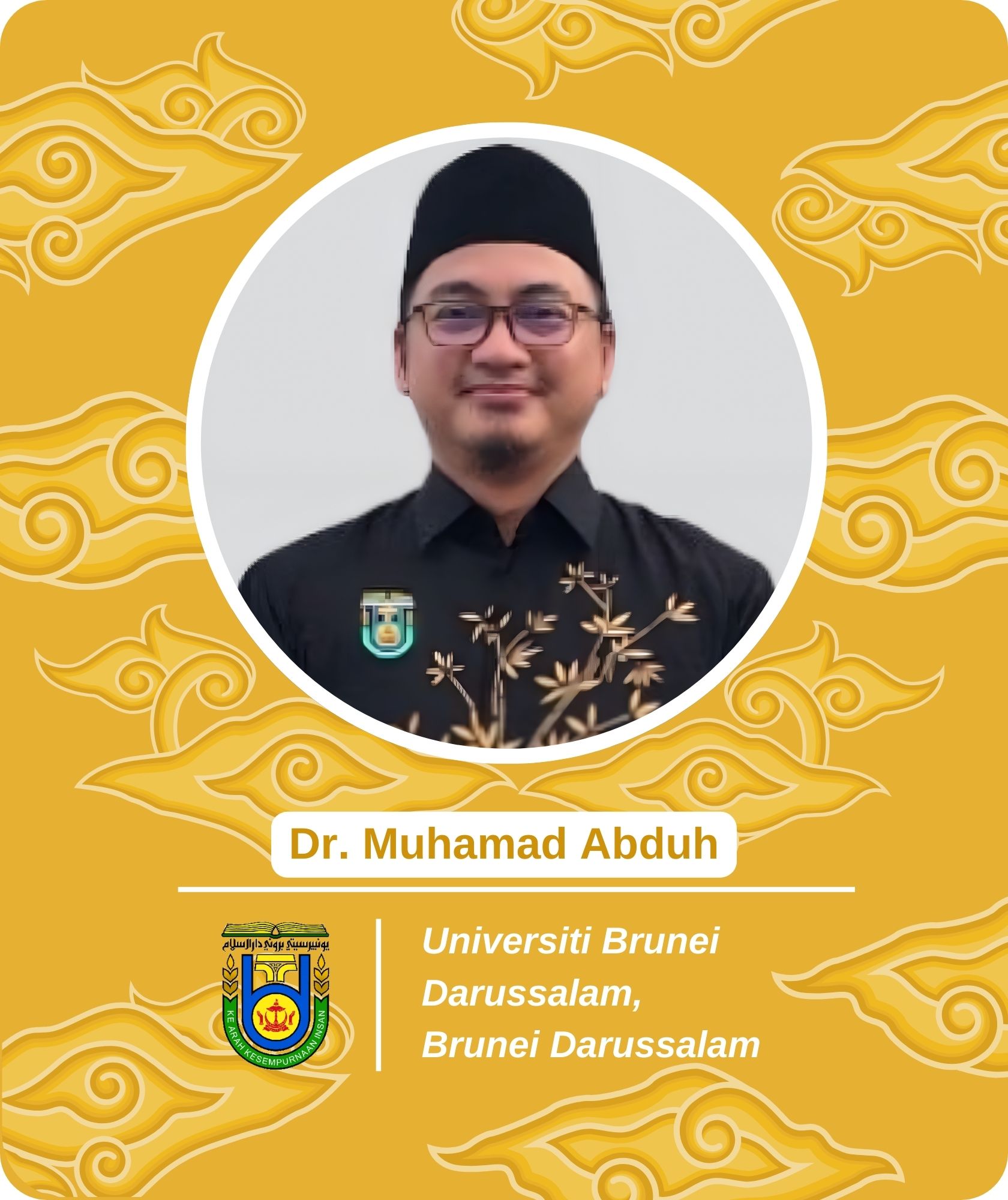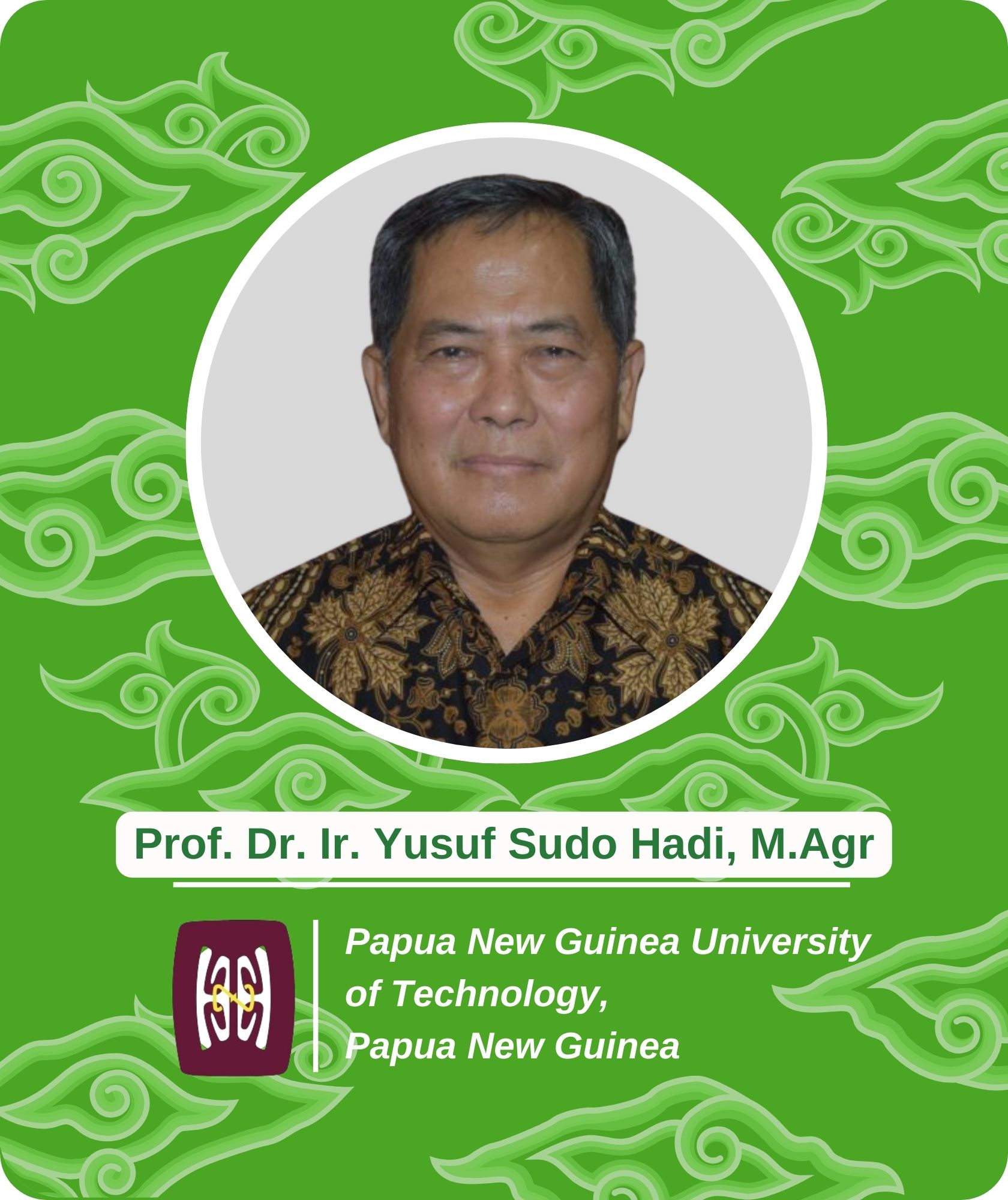Optimization of Chlorophyll Extraction from Dried Spirulina platensis Using Low Power Microwave Assisted Extraction Method
This title has been presented on Thursday, December 14, 2023 at 12.05-12.15 GMT+7.
Keywords:
Microwave Extraction, Chlorophyll, Methanol, Optimal DesignAbstract
This title has been presented on Thursday, December 14, 2023 at 12.05-12.15 GMT+7.
Chlorophyll extraction using the microwave-assisted extraction (MAE) method has the advantages of being faster, cheaper and having a higher yield than other extraction methods. Even though there are many advantages, MAE has the weakness of excessive heat from high power, which damages and reduces the yield of the extracted chlorophyll. This research was conducted to evaluate the optimum formulation parameters for chlorophyll extraction using Low Power Microwave Assisted Extraction (LP-MAE) method. The chlorophyll of dried Spirulina platensis was extracted following the I-optimal design. Extraction parameters to be optimized include the solvent type, soaking time, the power of microwave irradiation, as well as solid to solvent ratio. The response parameters to be evaluated include the yield, viscosity, and total dissolved solids (TDS). We found that the highest yield of 5045.7 μg chlorophyll/g biomass was obtained from 90% methanol extraction following 1 h of soaking, irradiation power of 40 W for 5 mins, at the ratio of 1:20 (m/v). Under this condition we observed the viscosity of the solution was 7.6 x10-4 Nm/s2 and the total dissolved solid was 32 ppm/ml. In conclusion, chlorophyll which is very susceptible to high temperatures, can be extracted using Low Power Microwave Assisted Extraction (LP-MAE) method.




















